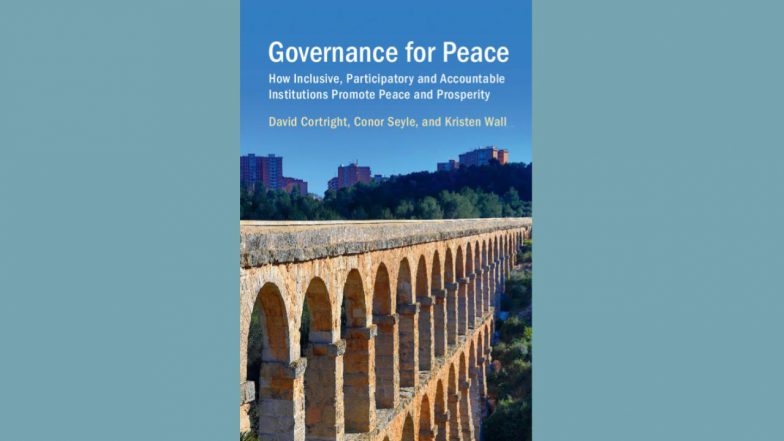Summary
Designing new forms of governance for global peace requires a shift from state-centric models to more inclusive, polycentric, and networked approaches. The aim is to create resilient and legitimate systems that address the root causes of conflict—including inequality, corruption, and climate change—by involving a broader range of actors, from local communities to international institutions.
Source: Gemini AI Overview
Guiding principles
- Inclusivity and participation: Systems must ensure full and equitable participation for all social and identity groups, including marginalized communities, in public life and decision-making. This expands beyond nation-states to involve non-governmental organizations (NGOs), civil society groups, and local actors.
- Polycentric governance: This framework connects small social groups into a network involving larger entities to address common challenges collaboratively. It moves away from top-down, centralized authority toward decentralized, multi-level cooperation.
- Transparency and accountability: New systems must strengthen mechanisms to curb corruption, ensure public accountability, and enhance the transparency of institutions at all levels, from local to international.
- Resilience: Governance systems should be designed to withstand, adapt to, and recover from stresses and shocks, such as conflict, climate change, and economic instability. This requires mobilizing local capacities and fostering adaptive, responsive institutions.
- Peaceful coexistence: New governance must promote peaceful relations by upholding core principles, including mutual respect for sovereignty, non-aggression, non-interference, and the peaceful resolution of disputes.
Key mechanisms and strategies
Micro-peacebuilding
This approach involves empowering local, community-based peacebuilding efforts by providing resources and creating platforms to connect local groups with national and international systems.
- Strategy: Provide small, flexible grants directly to local partners, such as municipalities and local civil society organizations, to support existing grassroots efforts.
- Purpose: This bypasses corrupt or ineffective central states and empowers communities to define and implement their own peacebuilding needs.
Networked and inclusive multilateralism
- Strategy: Create new global platforms grafted onto the international system to position and connect new actors, giving local communities a more direct voice.
- Purpose: This helps bridge the gap between state-centric diplomacy and the grassroots efforts crucial for lasting peace.
Digital cooperation and governance of AI
With technology’s power to both connect and harm, new governance frameworks are needed to manage emerging digital domains.
- Strategy: Implement frameworks like the UN’s Global Digital Compact to ensure technology is designed and governed for the benefit of all, with a focus on ethical AI and digital inclusion.
- Purpose: This prevents the weaponization of technology and ensures that digital advancement contributes to global peace, not conflict.
Foresight and future-oriented design
- Strategy: Use foresight workshops and simulations to help diverse stakeholders discuss potential future scenarios.
- Purpose: This encourages collaboration by shifting the focus from divisive current issues to shared desired outcomes.
Sustainable Development and environmental regeneration
- Strategy: Integrate climate action and sustainable development goals into governance frameworks. The Carnegie Endowment’s “SAGE” approach (Solidarity, Agency, Gain redirection, and Environmental regeneration) offers a model for aligning these principles.
- Purpose: By addressing root causes like resource scarcity and environmental degradation, governance can prevent future crises.
Key challenges to overcome
- Sovereignty vs. collective action: Designing effective global governance requires states to cede some sovereignty, which is a major point of contention, especially for great powers.
- Geopolitical competition: Growing competition and fragmentation make it difficult to build trust and cooperate on global issues, especially regarding new technologies like AI.
- Normative disagreements: Different nations hold distinct views on issues such as sovereignty, human rights, and the role of multilateralism, making it difficult to establish universal rules.
- Non-state actors: The increasing power of non-state actors, both beneficial (NGOs, civil society) and hostile (terrorist and criminal networks), complicates traditional governance models.
- Funding and capacity: Securing reliable and flexible funding for peacebuilding, particularly for local initiatives, remains a significant challenge.

